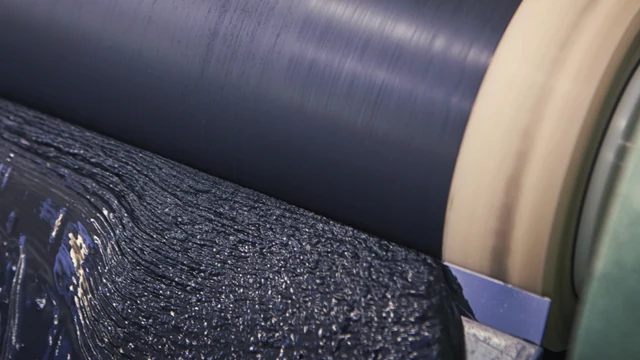
产品
用于燃料电池的丝网印刷焊膏
固体氧化物燃料电池(SOFC)性能出色,价格相对较低,而且Höganäs提供的钎焊粉末和焊膏可确保达到最佳密封和连接,同时提供最好的涂覆一致性。
联系我们

销售与技术支持
有关更多信息和要求,请联系您的销售代表。
联系我们
联系表
联系人
Technical area:
Brazing
选择国家/地区 *
联系方式 *
销售
销售
技术支持
名 *
姓 *
公司 *
工作领域 *
首席执行官/公司所有者
采购
设计工程师
业务开发人员
操作人员
其他
电子邮件 *
工作电话 *
留言 *
隐私政策
我同意Höganäs以联系我为目的处理我的个人数据。 我的联系信息也可能用于营销,如业务通讯和其他相关信息。 数据不会与第三方进行共享。 本人已同意,并且确认已年满16周岁。
更多关于我们如何处理个人数据的信息,请参阅我们的隐私政策。
您必须先接受这些服务条款才能继续。


